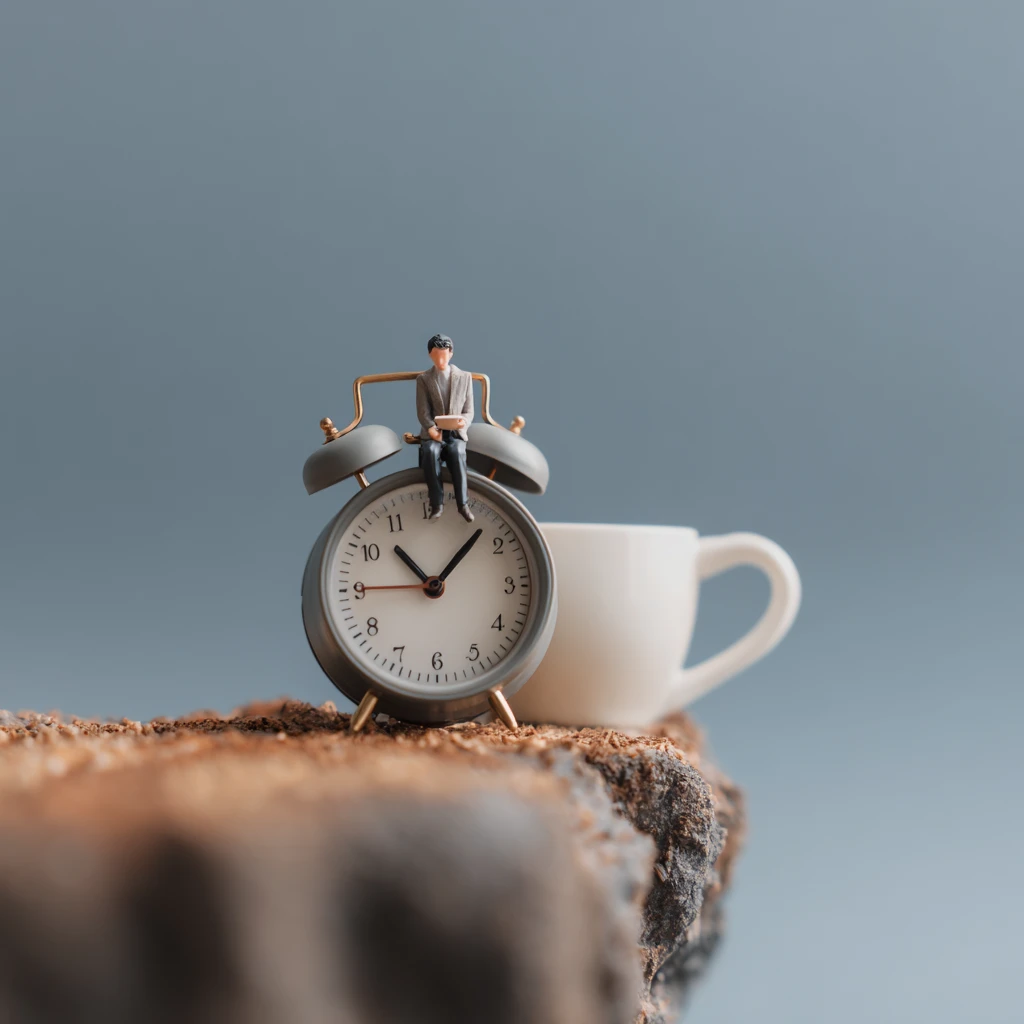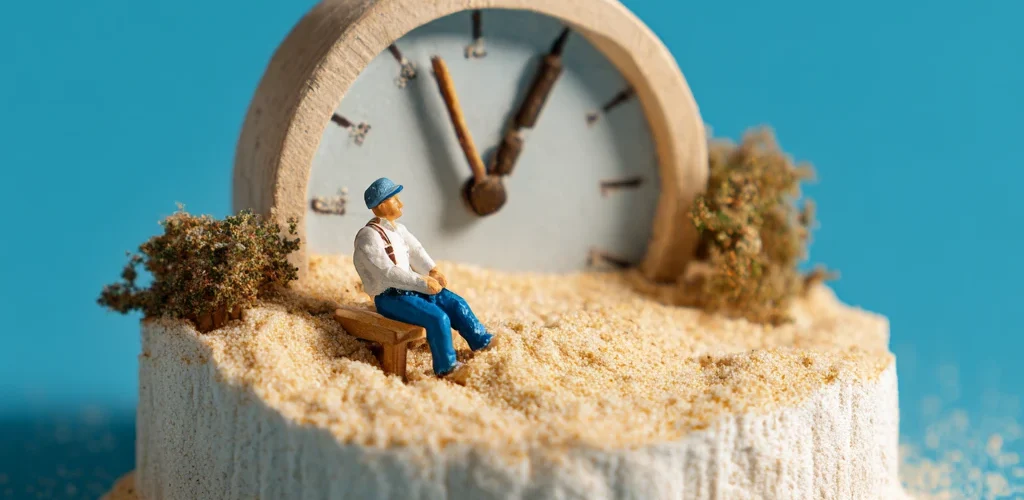Mini Breaks That Boost Productivity
Introduction: The Power of the Pause
In today’s hyper-connected world, the relentless pursuit of productivity often leads to burnout. We’re told to hustle harder, work longer hours, and constantly optimize our time. However, contrary to popular belief, sustained productivity isn’t about continuous effort; it’s about strategic pauses. Mini breaks, short respites from our tasks, are powerful tools that can revitalize our minds, improve focus, and ultimately, boost our overall output. This article delves into the science behind mini breaks, explores various types you can incorporate into your day, and provides practical tips for maximizing their impact.

The Science Behind Short Breaks
Our brains aren’t designed to function optimally for extended periods without interruption. Prolonged focus leads to mental fatigue, decreased attention span, and impaired decision-making. Think of it like a muscle: continuous exertion without rest leads to strain and diminished performance.
Attention Restoration Theory (ART): This theory suggests that exposure to nature, even in small doses, can restore cognitive resources depleted by demanding tasks. Nature provides a break from directed attention, allowing our minds to wander and recover.
The Pomodoro Technique: This popular time management method utilizes structured breaks. Working in focused 25-minute intervals followed by a 5-minute break and a longer break after four “pomodoros” has proven effective in maintaining concentration and preventing mental exhaustion.
Neuroplasticity: Breaks allow the brain to consolidate learning and form new neural connections. Information is processed and stored more effectively during periods of rest.
Furthermore, stepping away from a task can provide a fresh perspective. We often become so engrossed in a problem that we lose sight of potential solutions. A short break can help us approach the challenge with renewed clarity and creativity. The science is clear: integrating short breaks into our workflow is not a luxury, but a necessity for sustained productivity.
Types of Mini Breaks to Enhance Your Day
The beauty of mini breaks lies in their versatility. The ideal break will vary depending on the individual, the task at hand, and the work environment. Here are a few suggestions to consider:
Movement Breaks: Prolonged sitting has detrimental effects on both physical and mental health. Short bursts of movement, such as a quick walk around the office, stretching exercises, or a mini dance party, can increase blood flow to the brain, improve mood, and combat fatigue.
Mindfulness Breaks: Practicing mindfulness, even for a few minutes, can reduce stress and improve focus. Try a simple breathing exercise, meditate using a guided app, or simply observe your surroundings with intention.
Social Connection Breaks: Connecting with colleagues, friends, or family can provide a much-needed emotional boost. A brief chat, a shared laugh, or a quick phone call can help alleviate feelings of isolation and improve overall well-being.
Creative Breaks: Engage in activities that stimulate your creativity, such as doodling, listening to music, or browsing inspiring websites. These activities can help spark new ideas and break free from mental ruts.
Nature Breaks: If possible, step outside for a few minutes to connect with nature. Exposure to sunlight, fresh air, and greenery can have a profound impact on mood and cognitive function. Even looking at a picture of nature can provide some benefit.
Power Naps: A short 20-30 minute nap can significantly improve alertness and performance. Avoid longer naps, as they can lead to grogginess.
Experiment with different types of breaks to discover what works best for you. The key is to choose activities that are genuinely enjoyable and restorative.
Integrating Mini Breaks into Your Workflow
Implementing mini breaks effectively requires intention and planning. Here are some practical tips to help you seamlessly integrate them into your workflow:
Schedule Your Breaks: Treat your breaks as important appointments and schedule them into your calendar. This will help you prioritize them and avoid the temptation to skip them.
Use Technology to Your Advantage: Utilize apps and tools that remind you to take breaks and guide you through relaxation exercises. Many productivity apps have built-in break timers and guided meditation features.
Create a Dedicated Break Space: Designate a comfortable and inviting space where you can relax and recharge. This could be a cozy corner in your office, a quiet room in your home, or a nearby park.
Communicate Your Needs: Let your colleagues or family members know that you need dedicated break time to focus and be productive. This will help prevent interruptions and ensure that you can fully benefit from your breaks.
Be Mindful of Your Break Activities: Avoid activities that are equally demanding as your work, such as checking emails or scrolling through social media. Instead, choose activities that are genuinely relaxing and restorative.
Listen to Your Body: Pay attention to your body’s signals and take breaks when you feel fatigued or overwhelmed. Don’t wait until you’re completely burned out to take a break.
Experiment and Adapt: Continuously evaluate the effectiveness of your breaks and adjust your strategy as needed. What works for one person may not work for another, so find what suits you best.
Optimizing Your Breaks for Maximum Impact
To maximize the productivity-boosting potential of your mini breaks, consider the following strategies:
Disconnect from Technology: During your breaks, intentionally disconnect from all electronic devices. This will allow your mind to truly rest and recharge. The constant barrage of notifications and emails can be mentally draining.
Engage Your Senses: Choose activities that stimulate your senses in a positive way. Listen to calming music, enjoy a fragrant cup of tea, or spend time outdoors observing the natural world.
Focus on the Present Moment: Practice mindfulness during your breaks by paying attention to your breath, your surroundings, and your physical sensations. This will help you reduce stress and improve focus.
Set Clear Intentions: Before taking a break, set a clear intention for how you want to feel afterward. Do you want to feel more relaxed, more energized, or more focused? This will help you choose activities that align with your goals.
Review and Reflect: After each break, take a moment to reflect on how you feel and what you’ve learned. This will help you identify the types of breaks that are most effective for you.
Hydrate and Nourish: Use your breaks as an opportunity to hydrate and nourish your body. Drink plenty of water and snack on healthy foods that will provide sustained energy.
By implementing these strategies, you can transform your mini breaks from simple respites into powerful tools for boosting productivity and enhancing overall well-being.

Frequently Asked Questions (FAQs)
How often should I take mini breaks?
The frequency of breaks depends on the nature of your work and your individual needs. A good starting point is to take a 5-10 minute break every hour or follow the Pomodoro Technique (25 minutes of work followed by a 5-minute break).
What are some good activities to do during a mini break?
Good activities include stretching, walking, listening to music, meditating, drinking tea, connecting with colleagues, or spending time outdoors. Choose activities that you find enjoyable and relaxing.
Can mini breaks actually improve productivity?
Yes, studies have shown that mini breaks can significantly improve productivity by reducing mental fatigue, increasing focus, and enhancing creativity.
What if I feel guilty about taking breaks?
It’s common to feel guilty about taking breaks, especially if you’re used to working long hours without interruption. Remind yourself that breaks are essential for sustained productivity and overall well-being.
How long should a mini break be?
The ideal length of a mini break is typically between 5 and 15 minutes. Experiment to find what works best for you. Even a short 2-minute break can be beneficial.
What if I don't have time for mini breaks?
If you feel like you don’t have time for breaks, try scheduling them into your calendar and treating them as important appointments. Even small changes, such as standing up and stretching every 30 minutes, can make a difference.



